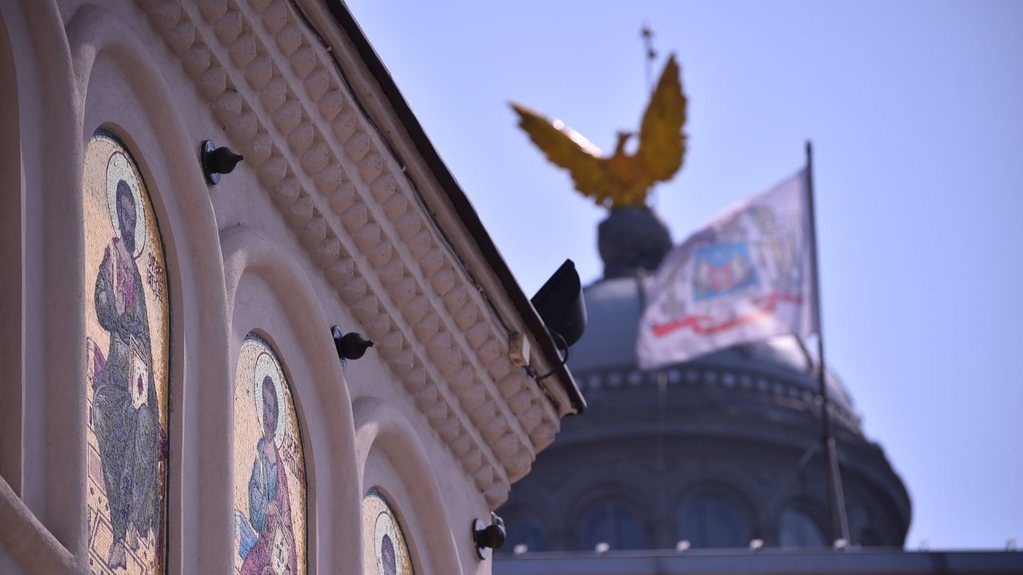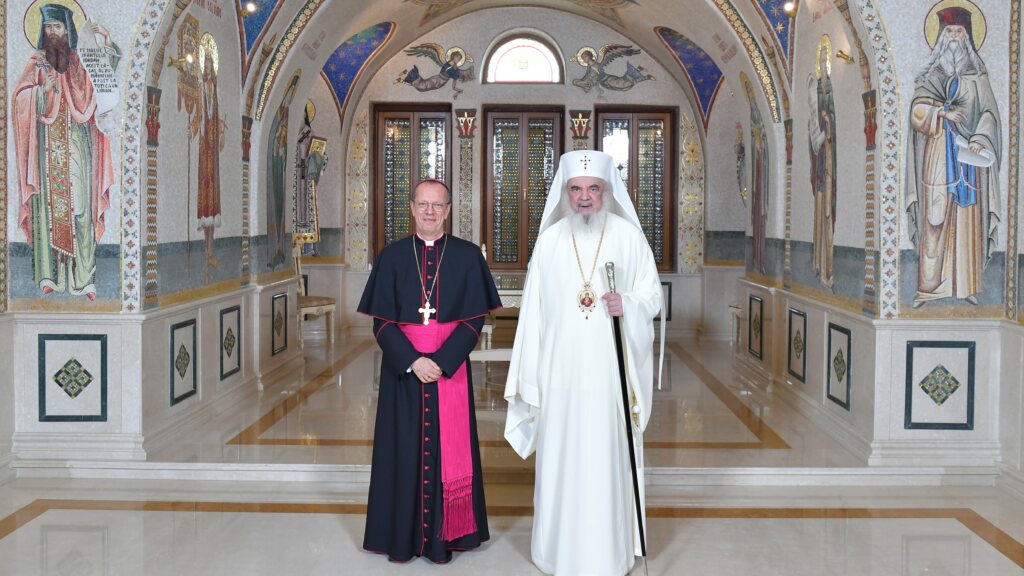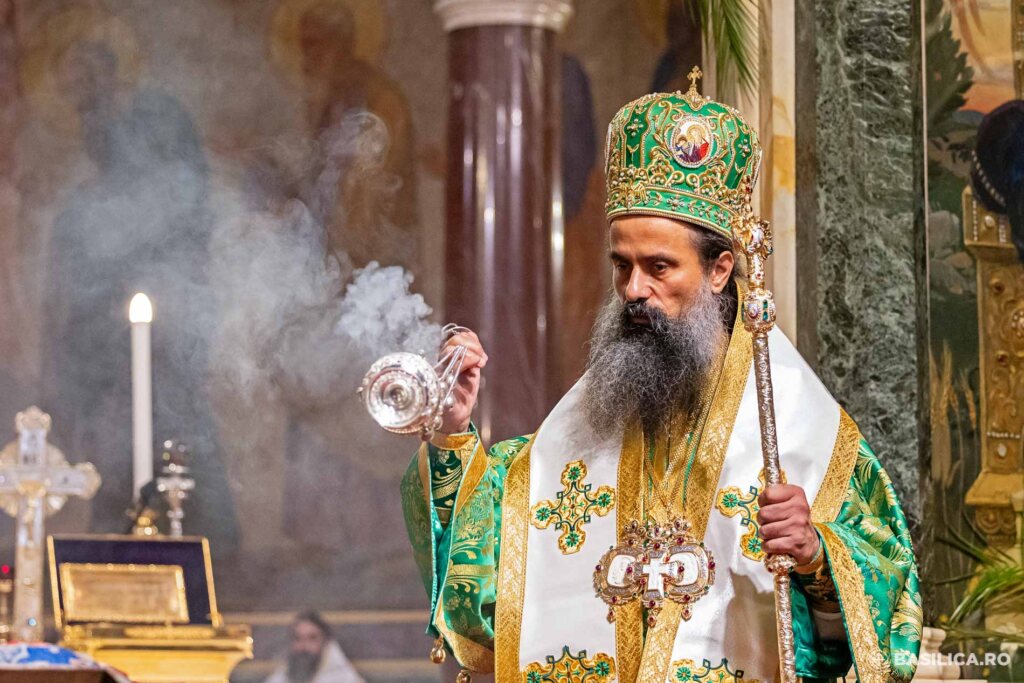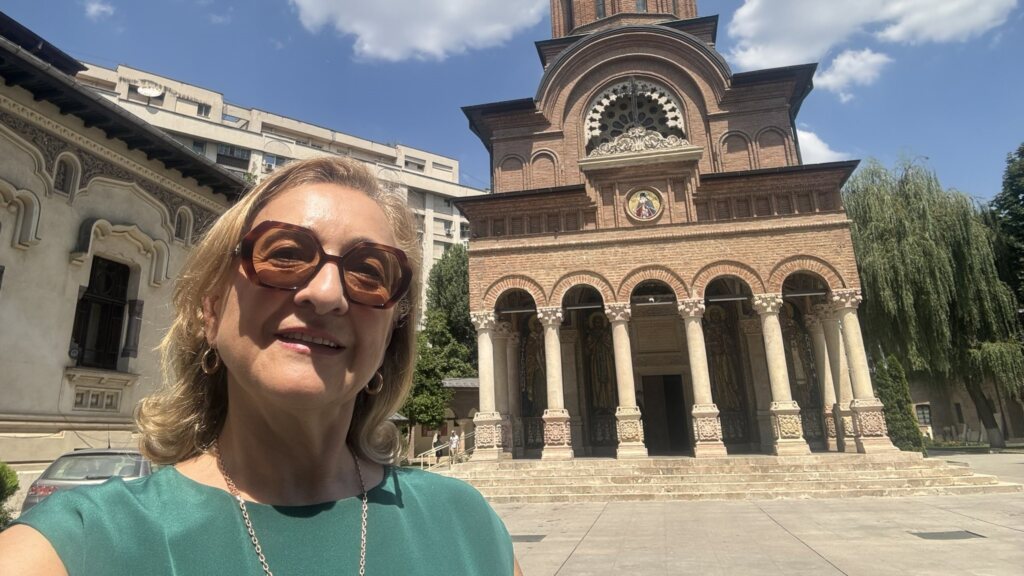The Romanian Official Journal February 10 published the updated Statute for the Organization and Functioning of the Romanian Orthodox Church that include all the amendments made by the Holy Synod between 2011 and 2019.
Here are highlights from the most noteworthy modifications in the updated statute.
Election of the Patriarch
The changes brought to the patriarchal election procedure refer to the criterion of seniority and the number of candidates.
The statutory changes stipulate that metropolitans, archbishops and bishops with at least seven years of ministry as eparchial hierarch can submit their candidacy. (Art. 127, paragraph 1).
Also, the number of candidates established by the Holy Synod by consultation was reduced from 3 (or 5, exceptionally) to 2 (or at most 3).
Hierarchal consistory court
New ecclesiastical courts have been added to the central deliberative, executive and administrative bodies of the Church:
a) The First Hierarchal Consistory Court, as a court for the causes of bishops;
b) The Ultimate Hierarchal Consistory Court, as a court of appeal in the cases of bishops;
c) The Superior Ecclesiastical Consistory Court, for appeals against the judgement of nonmonastic clergy sentenced to defrocking;
d) The Superior Monastic Ecclesiastical Consistory Court, as a court of appeal in the cases of the monastic clergy, punished to defrocking.
The last version of the statute (2008) provided for the existence of consistory courts only at the level of deaneries and dioceses. Together with the establishment of the central judiciary bodies, the hierarchal consistory courts were created for the cases of the bishops of the Romanian Orthodox Church.
The Holy Synod is designated as a canonical disciplinary authority of central judgement of its members ultimately.
The discipline of the clergy is dealt with extensively in Chapter IV of the Statute.
Media Institutions
The statute’s updated text refers to the establishment and the closure of media outlets that belong to the Church.
“In order to preserve, promote and defend the unity of faith, the unity of church life and to coordinate the Romanian Orthodox mission, as well as to avoid duplication of expenses by actions that overlap in the same territory, the establishment and closure of new print media institutions (magazines, official newspapers and periodicals) and public broadcasters (radio, television and other outlets) of the Romanian Patriarchate and of the eparchial centres are made with the approval of the Holy Synod, at the thoroughly motivated proposal of the Patriarch of Romania or of the diocesan bishops in the country and outside the borders of Romania, based on a well-founded missionary and economic analysis.” (Art. 169, Paragraph 2).
Orthodox Associations and Foundations
Changes refer to Orthodox associations and foundations of national character, but also “other than ecclesiastical institutions, which have a single founder or members who are associated to religious units, having their leadership formed by Orthodox Christians, and contributing to the missionary social, cultural, educational work in the Romanian Patriarchate.”
They must submit to the Chancellery of the Holy Synod, twice a year (in spring and autumn), reports on their activity and, once a year, the report on their financial situation.
The Romanian Patriarchate can verify the financial and property situation of these associations and take measures to remedy the deficiencies or insufficiencies.
“It is not within the Holy Synod’s remit to become, in front of state authorities, a guarantor or representative of non-governmental organisations (NGOs), even if some of them work with the approval of the Church. They will address directly to the relevant institutions on their behalf, as being dedicated to specific activities.” (Art. 16, Paragraph 3).
Holy Relics
The recently enacted statute provides that the Patriarch of Romania “approves the translation of relics of saints from abroad, for pilgrimage or in gift, in the Romanian Orthodox Church.” He “approves the requests addressed to the Romanian Orthodox dioceses for transporting in pilgrimage relics of saints outside Romania.”
The Patriarch “grants the blessing (written approval) for the relocation of holy relics from one Romanian Orthodox diocese to another, for pilgrimage or in gift”, bringing the Holy Synod to the notice. The old statute did not contain rules in this respect.
Monastics
The updated statute specifies that “monastics who wish to leave different Romanian Orthodox dioceses from within or outside the country’s borders to settle on Mount Athos or in monasteries belonging to another Orthodox Church must obtain, in advance, the written approval of the Romanian Orthodox diocesan bishop on which they canonically depend, as well as the agreement of the Patriarch of Romania, at the request of the hierarch belonging to another sister Orthodox Church.”
Also, “monastics, under the monastic vote of obedience, cannot appear in court without the prior written approval of the diocesan bishop, including in cases of personal interest.”
The statute of the Romanian Orthodox Church includes new provisions regarding the withdrawal of clergy (article 134), the equivalency of educational degrees as professional degrees in the priesthood (art. 121). Also, the statute prohibits clergy and monastics from establishing or being part of trade union organisations.
The Holy Synod approved the present text of the statutes for the organisation and functioning of the Romanian Orthodox Church on December 16, 2019.
Photography courtesy of Basilica.ro
Holy Synod meets for first time this year, sends delegation to Amman: communique.https://t.co/xyyAh4nLtZ pic.twitter.com/yzZ8Hse04w
— Basilica.ro (EN) (@BasilicaNews) February 14, 2020






